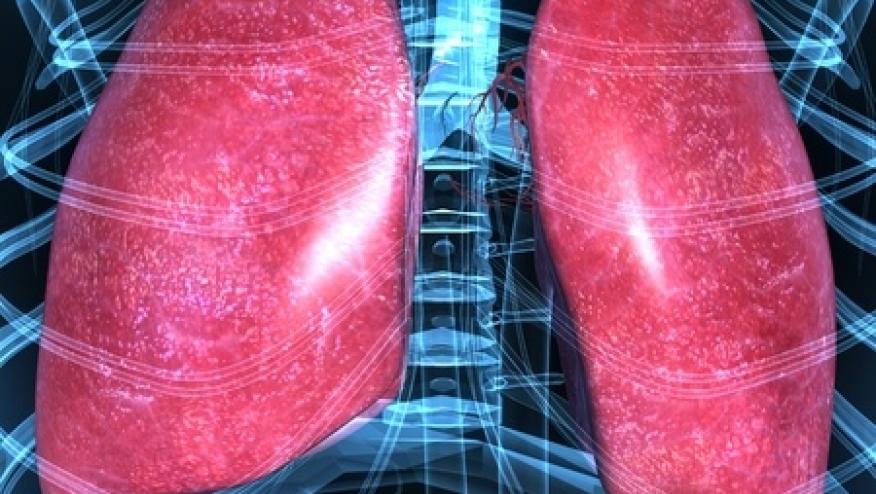RA ILD: Stepping out of the shadows Save

Interstitial lung disease (ILD) is a common complication of rheumatoid arthritis (RA) with up to 8% of patients affected with clinically significant ILD.
Despite being relatively common and frequently severe, RA-ILD has been a neglected area of research and indeed of clinical management in RA. In recent years we finally seem to have started making some progress in this area and this momentum has continued with a several interesting abstracts at EULAR 2021.
In the Opening Plenary Abstract session on Wednesday, Dr. Palomäki presented abstract #OP0007 reporting the long-term risk of ILD in individuals with and without the MUC5B promoter variant and with and without RA. This is important as MUC5B has been shown to be an important risk factor for both idiopathic pulmonary fibrosis and for RA-ILD. They included 248,400 individuals, 5534 of whom had RA. MUC5B was a strong predictor of ILD in RA patients with a HR of 2.14. RA patients with MUC5B had a lifetime risk of ILD of 14.5% compared to 5.2% in RA patients without MUC5B. This compared to lifetime risks of 3.9% for the non-RA population with MUC5B and 1.3% for the non-RA population without MUC5B. Interestingly the risk difference began to emerge from age 65 and appeared to be stronger in males. These findings are a fascinating insight into ILD, showing that RA is a bigger risk factor than MUC5B and that the combination of RA and MUC5B appears to be synergistic. There are important implications for identifying individuals with RA most at risk of developing ILD, and for the monitoring and management implications of this.
On Thursday, in the Rheumatoid Arthritis-comorbidity and clinical aspects-1 session Dr. Juge presented abstract #OP0099, a historical cohort study of RA-ILD prevalence and influence on mortality. Clinical ILD occurred in 4330 of 173138 RA patients (2.5%). This is at the lower end of previous estimates of RA-ILD prevalence and may be influenced by under-reporting, particularly given the historical nature of the study. Being male, older at RA diagnosis, and having cardiovascular comorbidities, dyslipidaemia, or diabetes were associated with increased risks of RA-ILD. Adjusted mortality risk was three-fold higher in RA with ILD vs RA alone, (HR [95% CI]: 3.1 [3.1, 3.9]).
With regards to treatment, in Wednesday’s Poster View 1 session, Dr. Atienza-Mateo presented abstract #POS0595 a further detailed analysis of the Spanish multicentre abatacept study in RA-ILD. This showed, somewhat surprisingly that abatacept appeared to be equally good in stabilising FVC and DLCO in both UIP and NSIP patterns in RA-ILD. Classically we think of UIP as being more difficult to treat, so this is promising indeed, albeit early data. In Thursday’s Rheumatoid arthritis - non biologic treatment and small molecules session, 2 further treatment abstracts were presented. Dr. Kelly presented abstract #OP0124 from the INBUILD trial of nintedanib in progressive fibrosing RA-ILD, over 52 weeks FVC decline was -82.6 (41.3) mL/year in the nintedanib group vs -199.3 (36.2) mL/year in the placebo group (p=0.037). Dr Kalyoncu presented abstract #OP0125 on tofacitinib in RA-ILD. This real world study treated 47 RA-ILD patients with tofacitinib. Of the 18 patients with pre and post treatment pulmonary function tests mean FEV1 was 82.1% vs. 82.8% (p=0.079), mean FVC was 79.8% vs. 82.8% (p=0.014). Discontinuation rates due to adverse events were high however.
This is certainly an exciting time in RA-ILD, and hopefully we are on the way to better treatments and outcomes for our patients.











If you are a health practitioner, you may Login/Register to comment.
Due to the nature of these comment forums, only health practitioners are allowed to comment at this time.